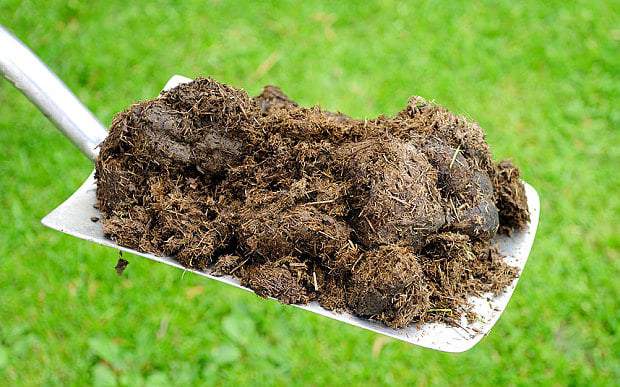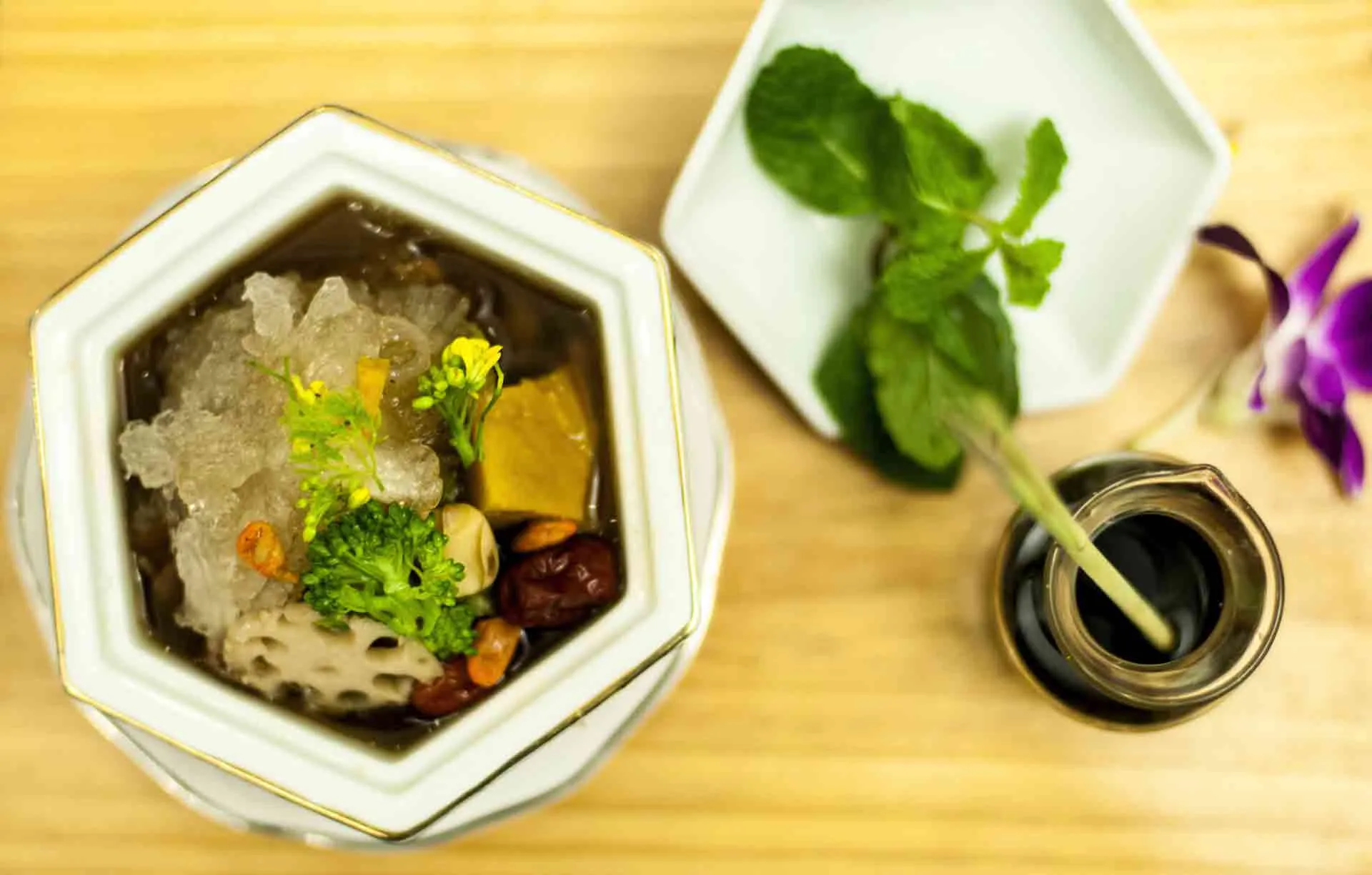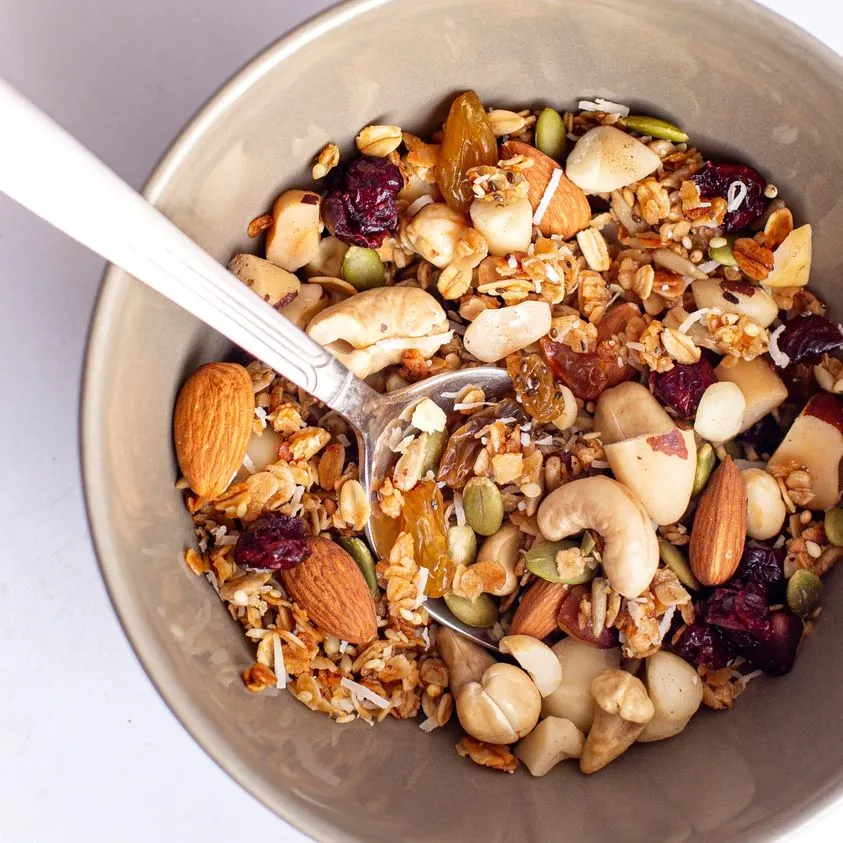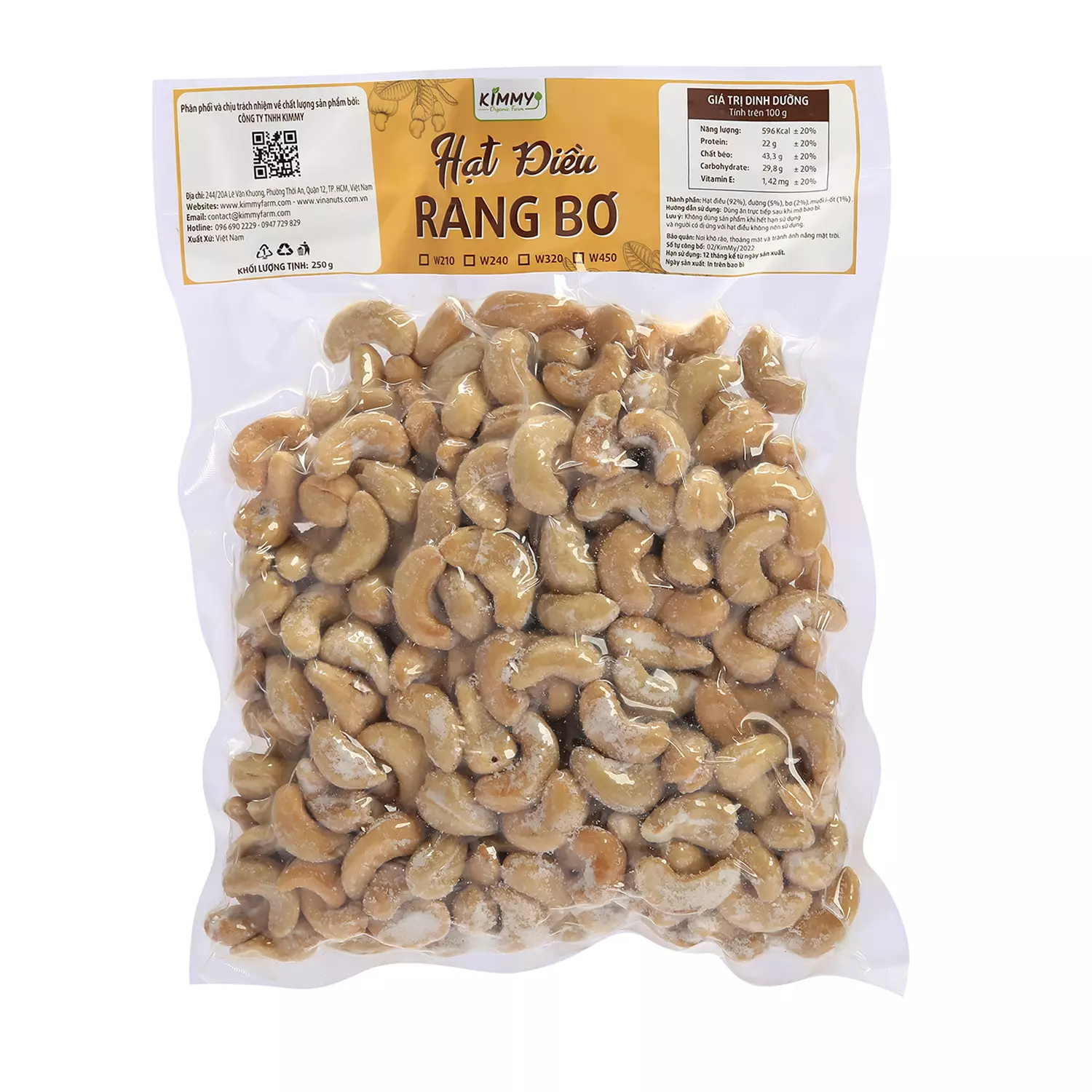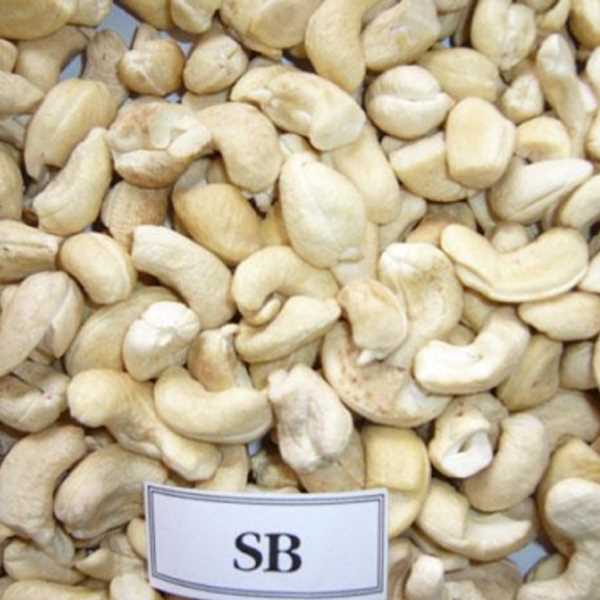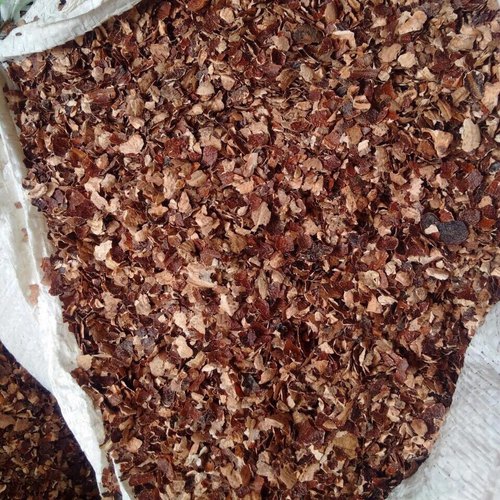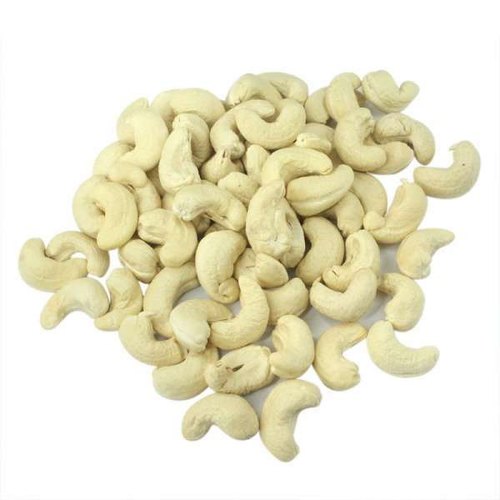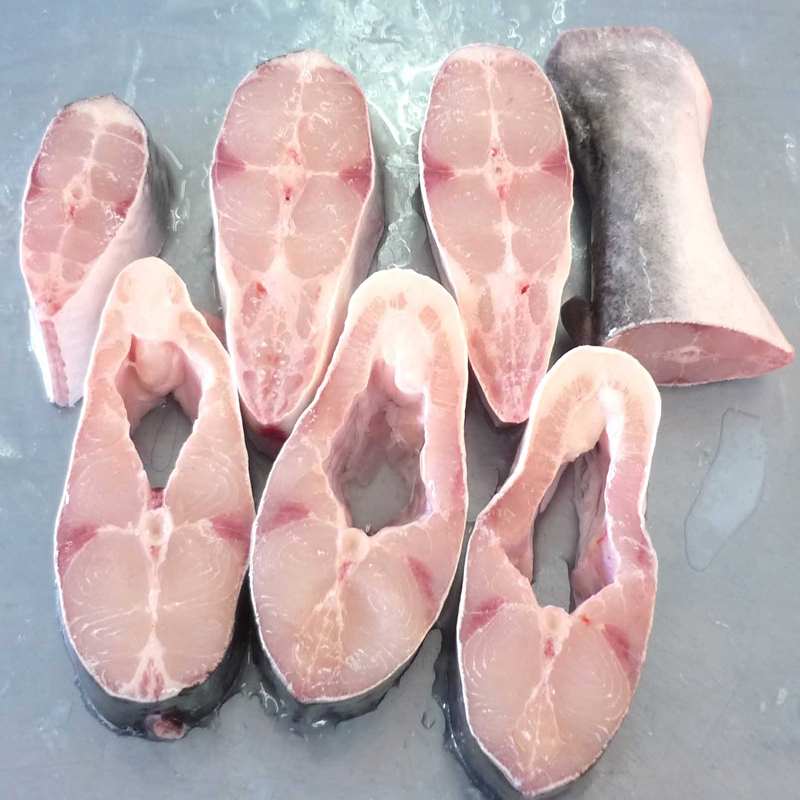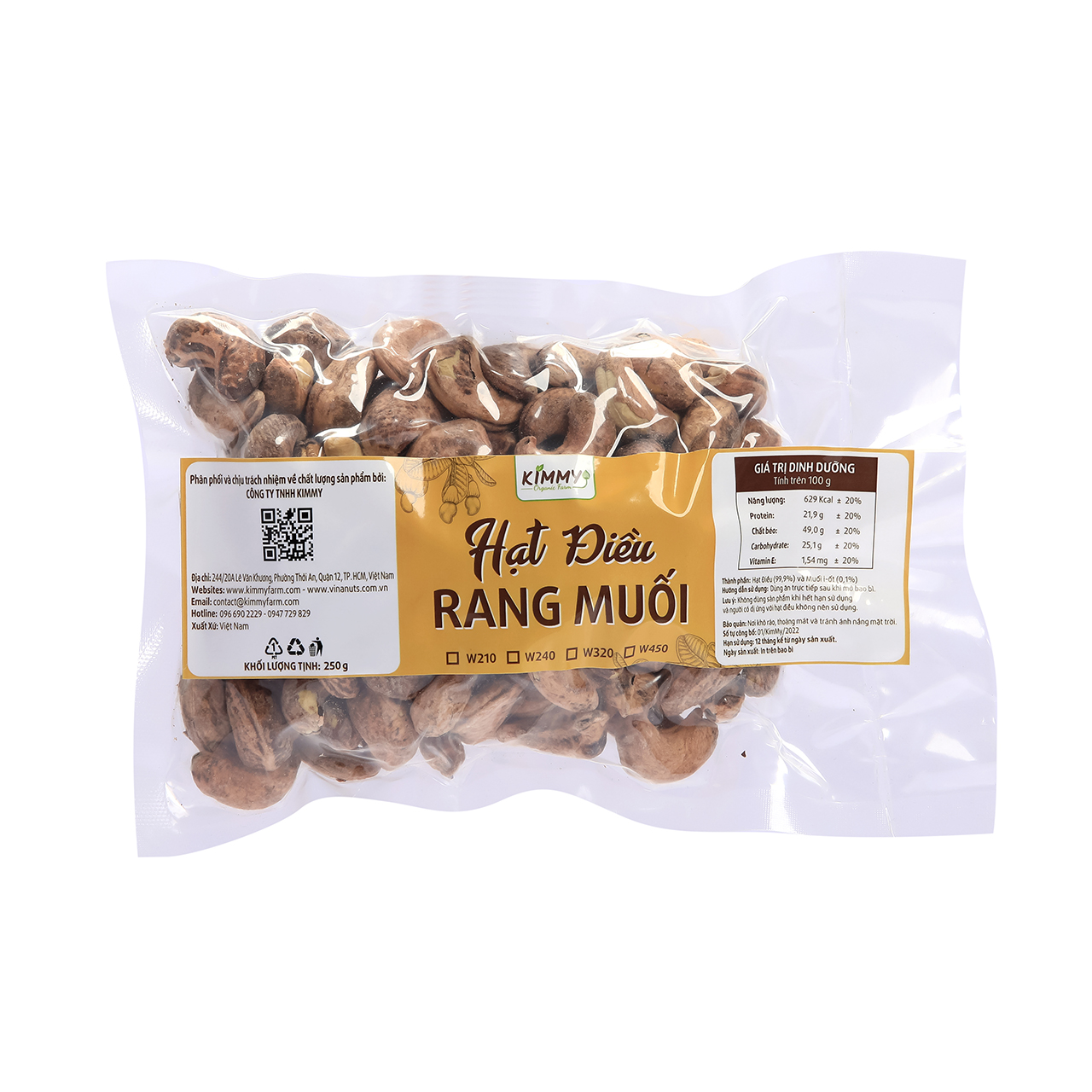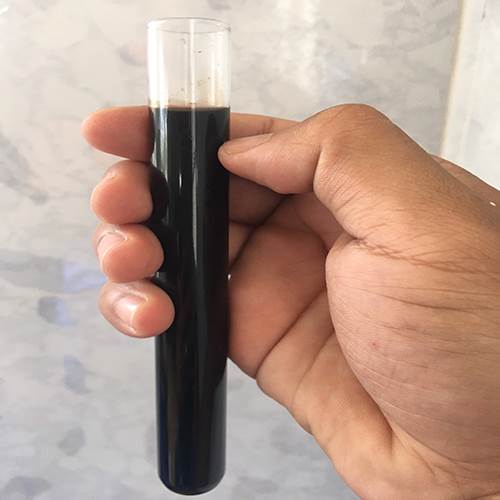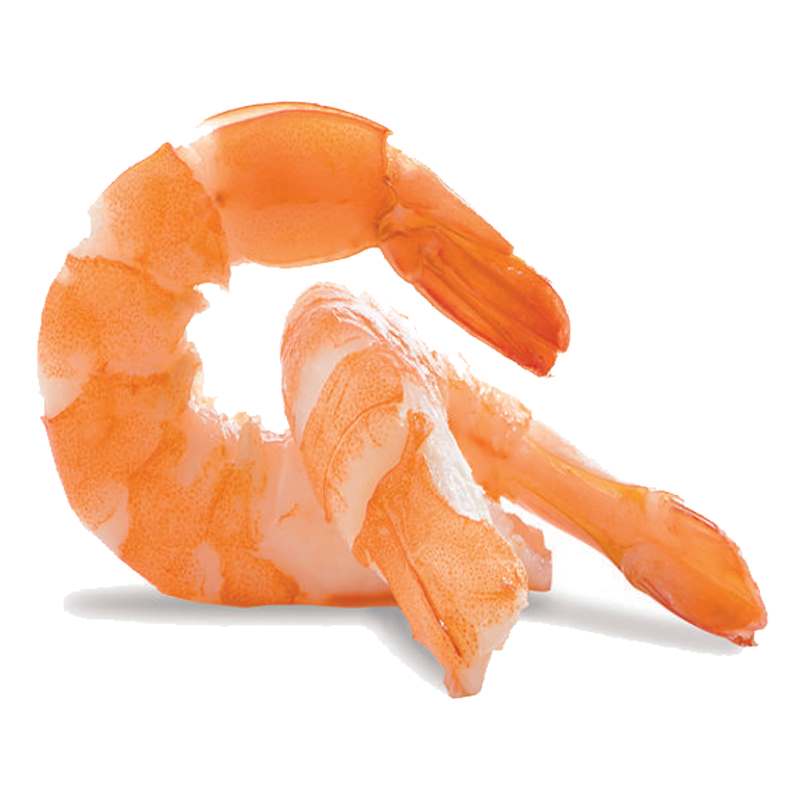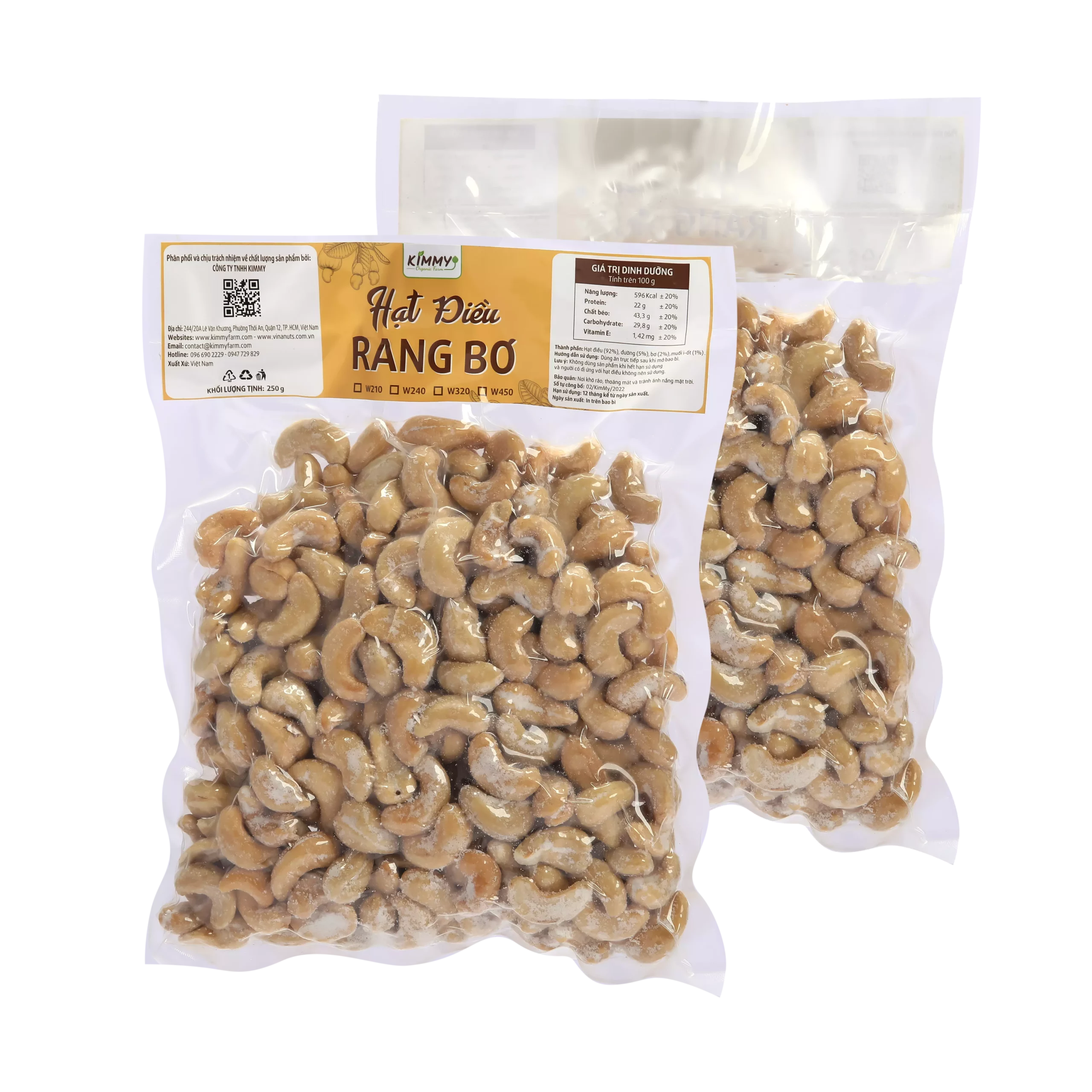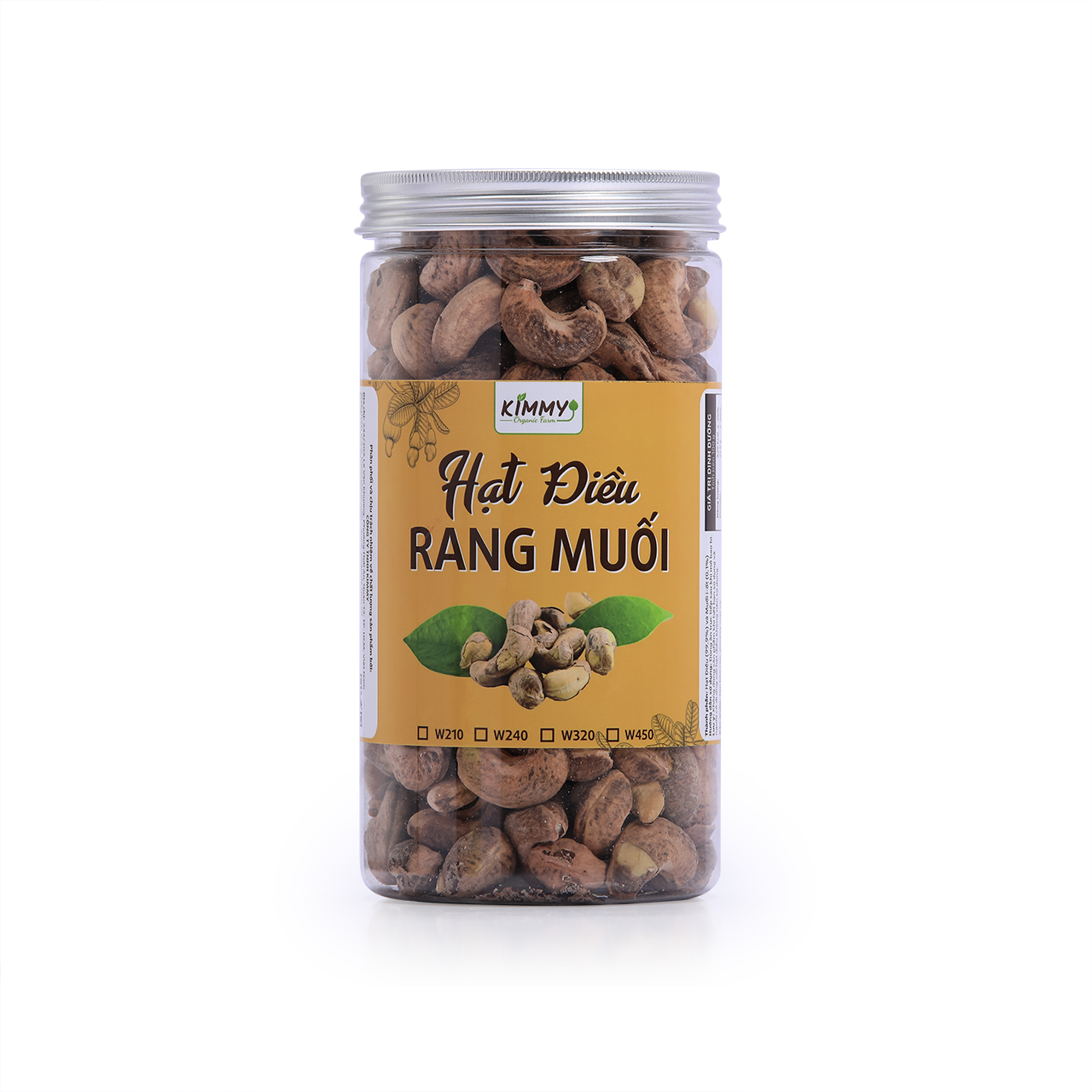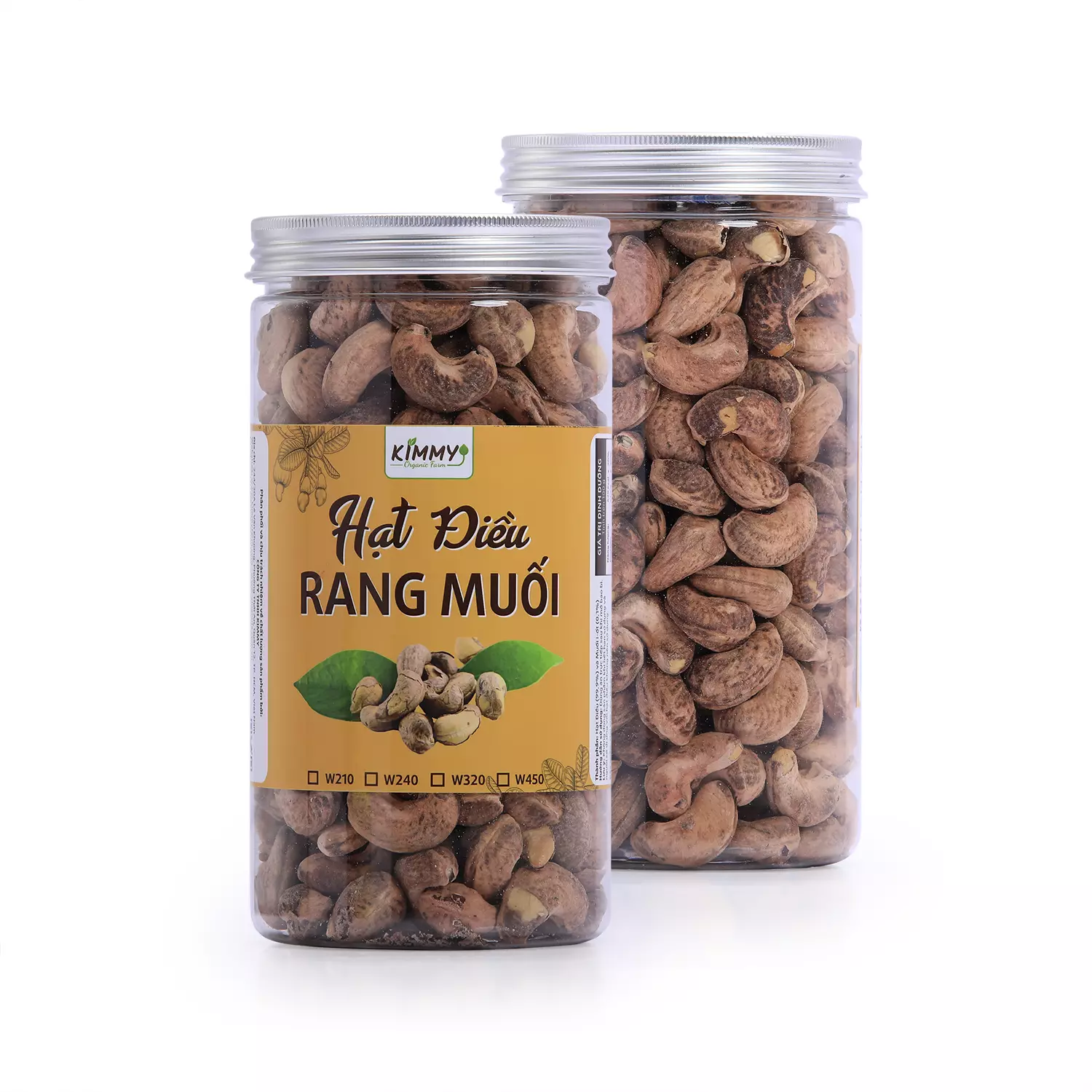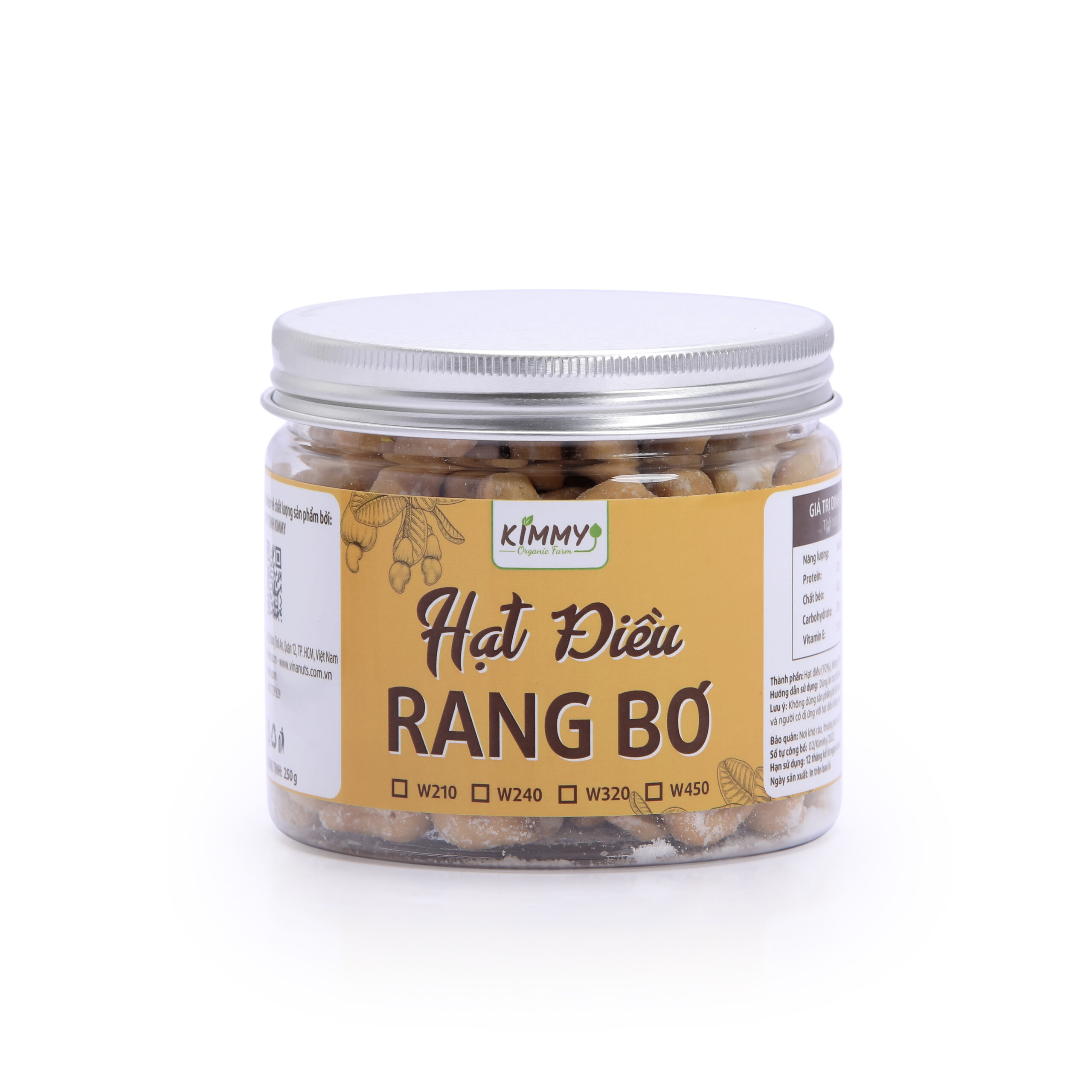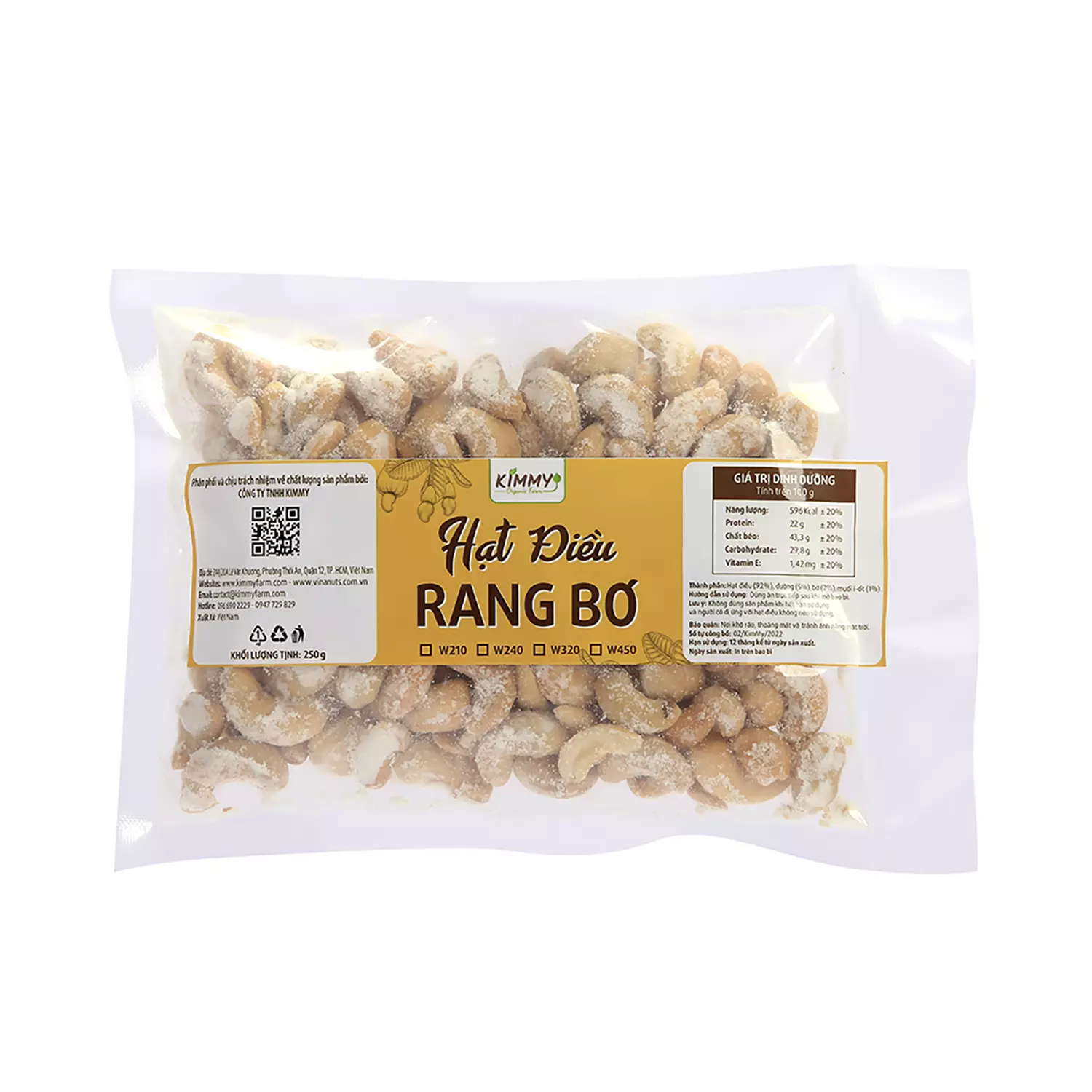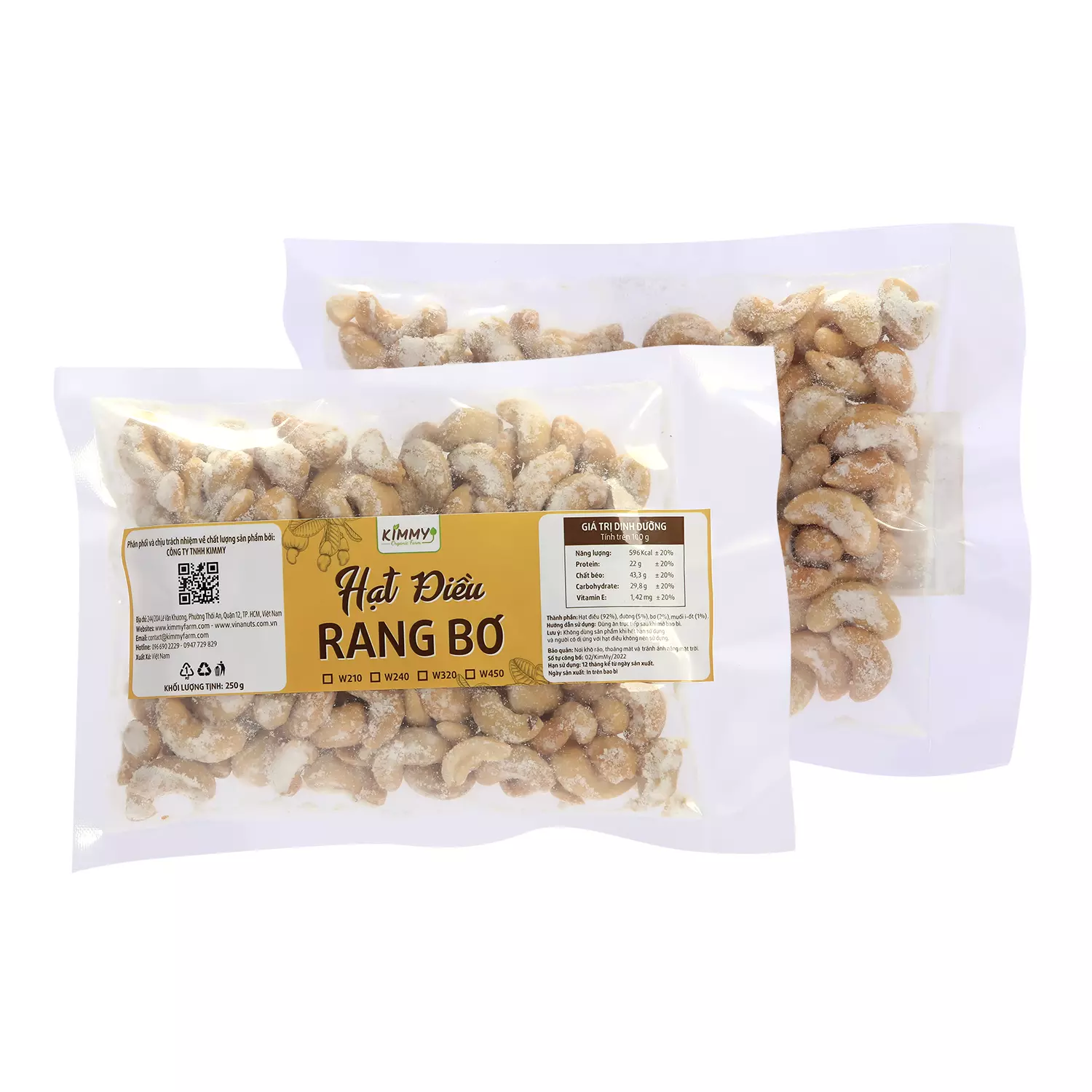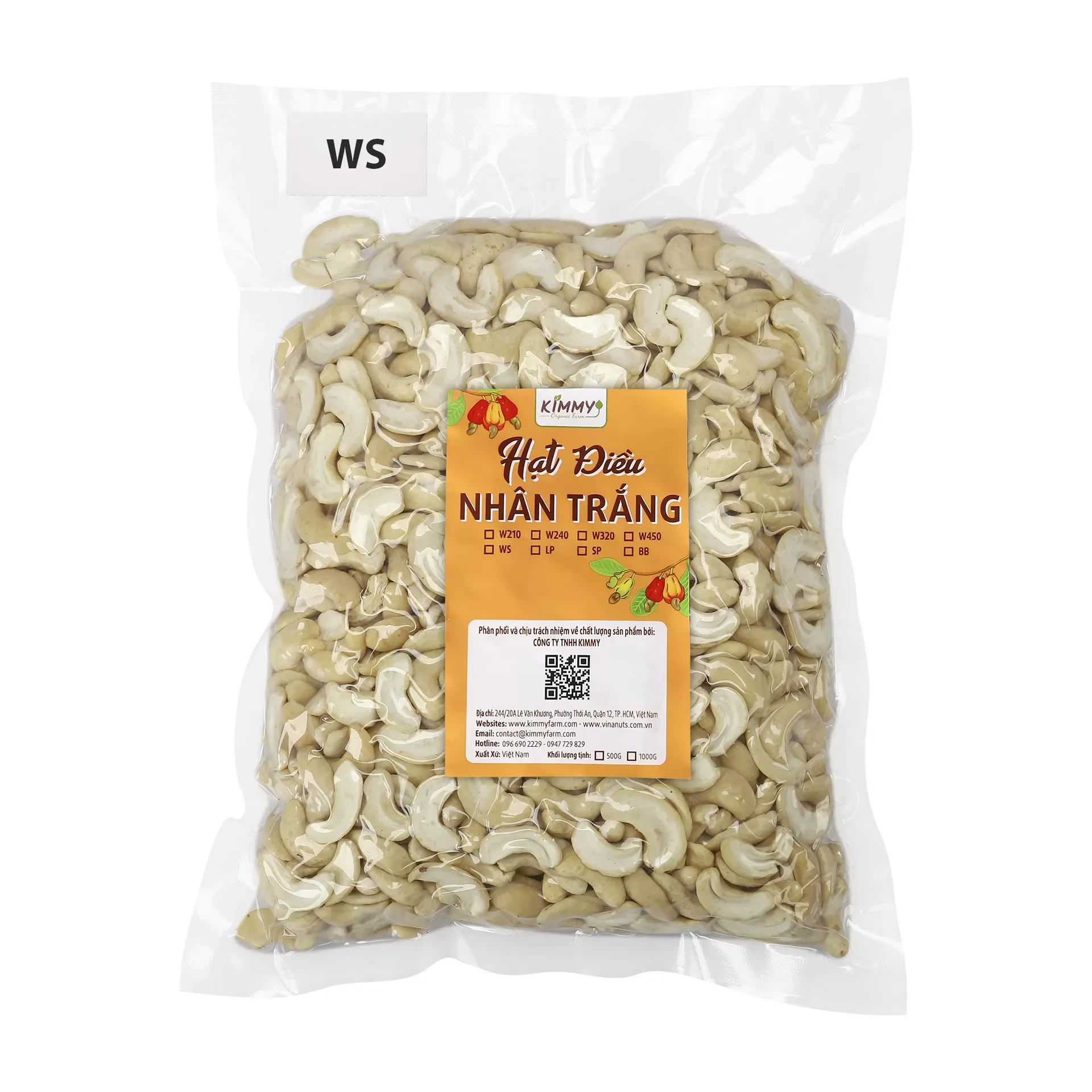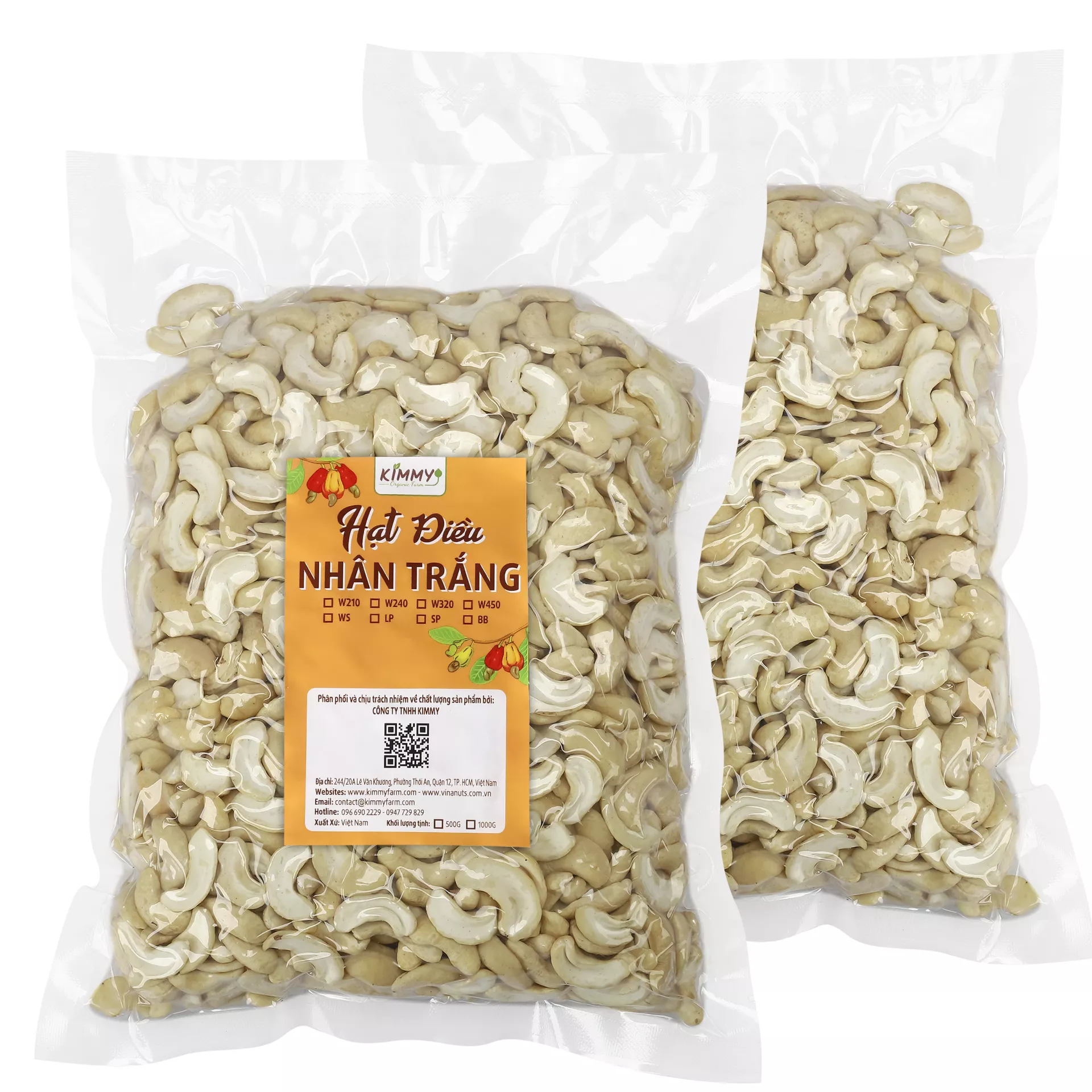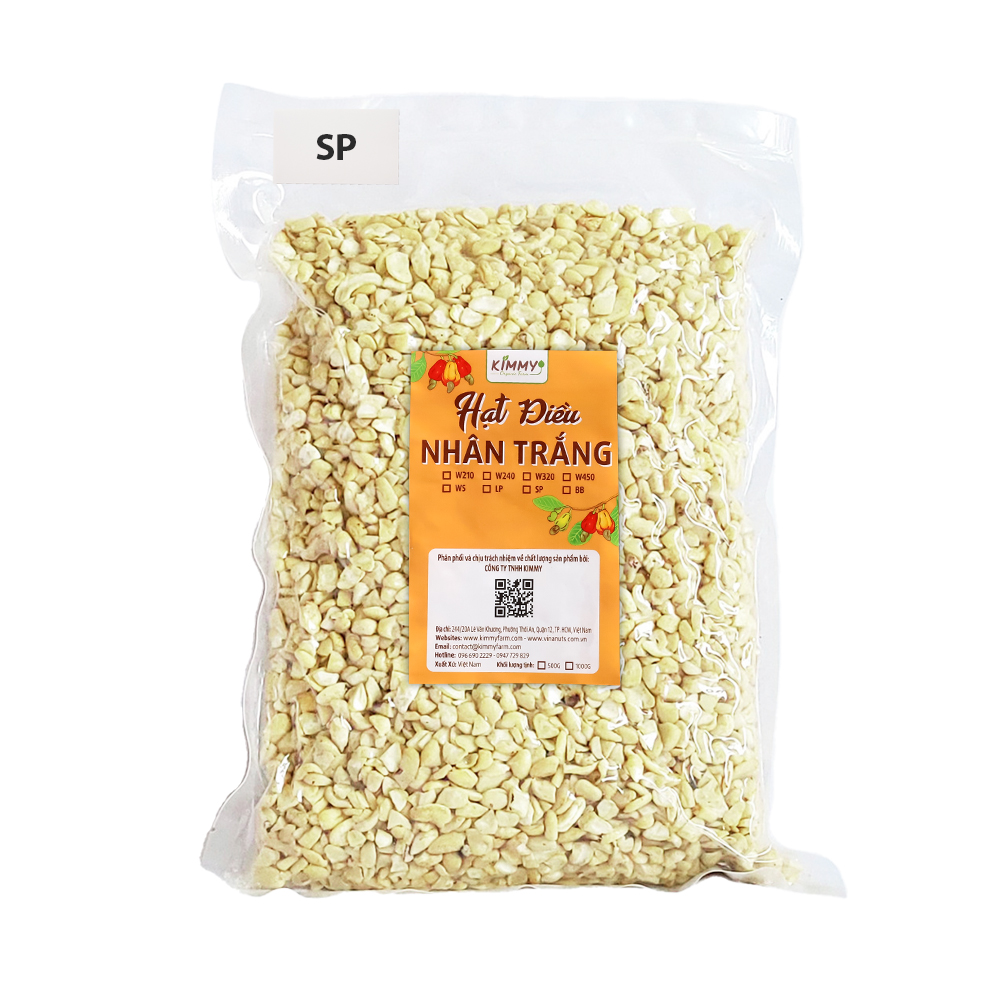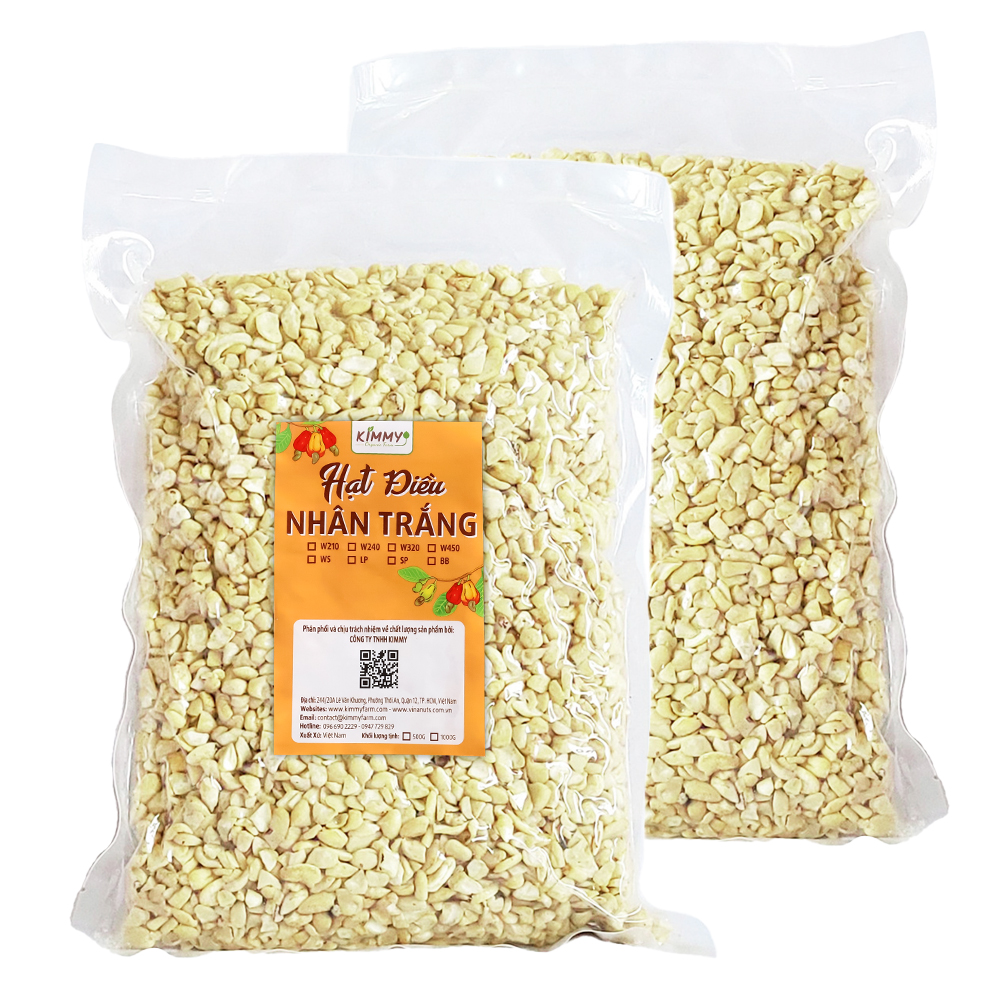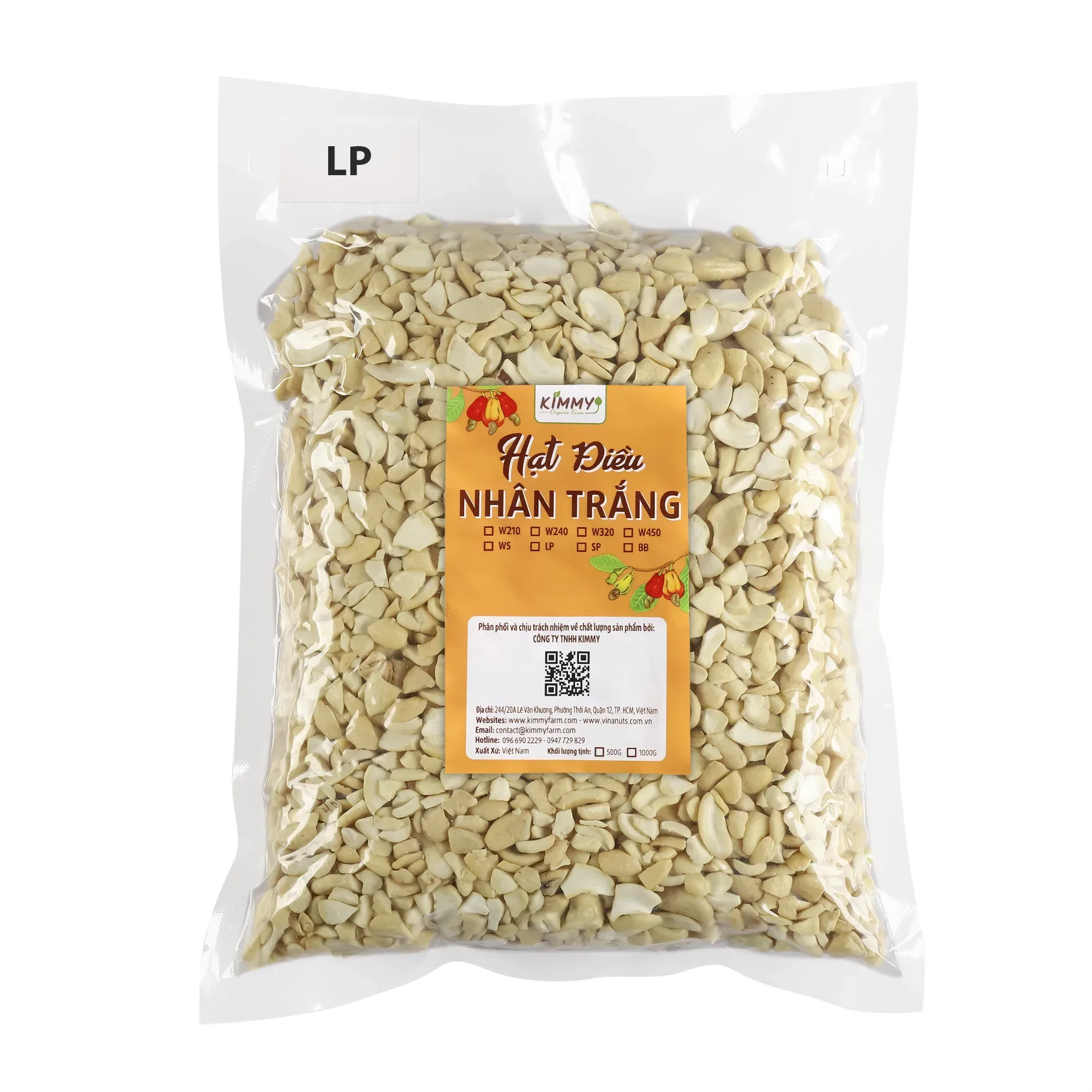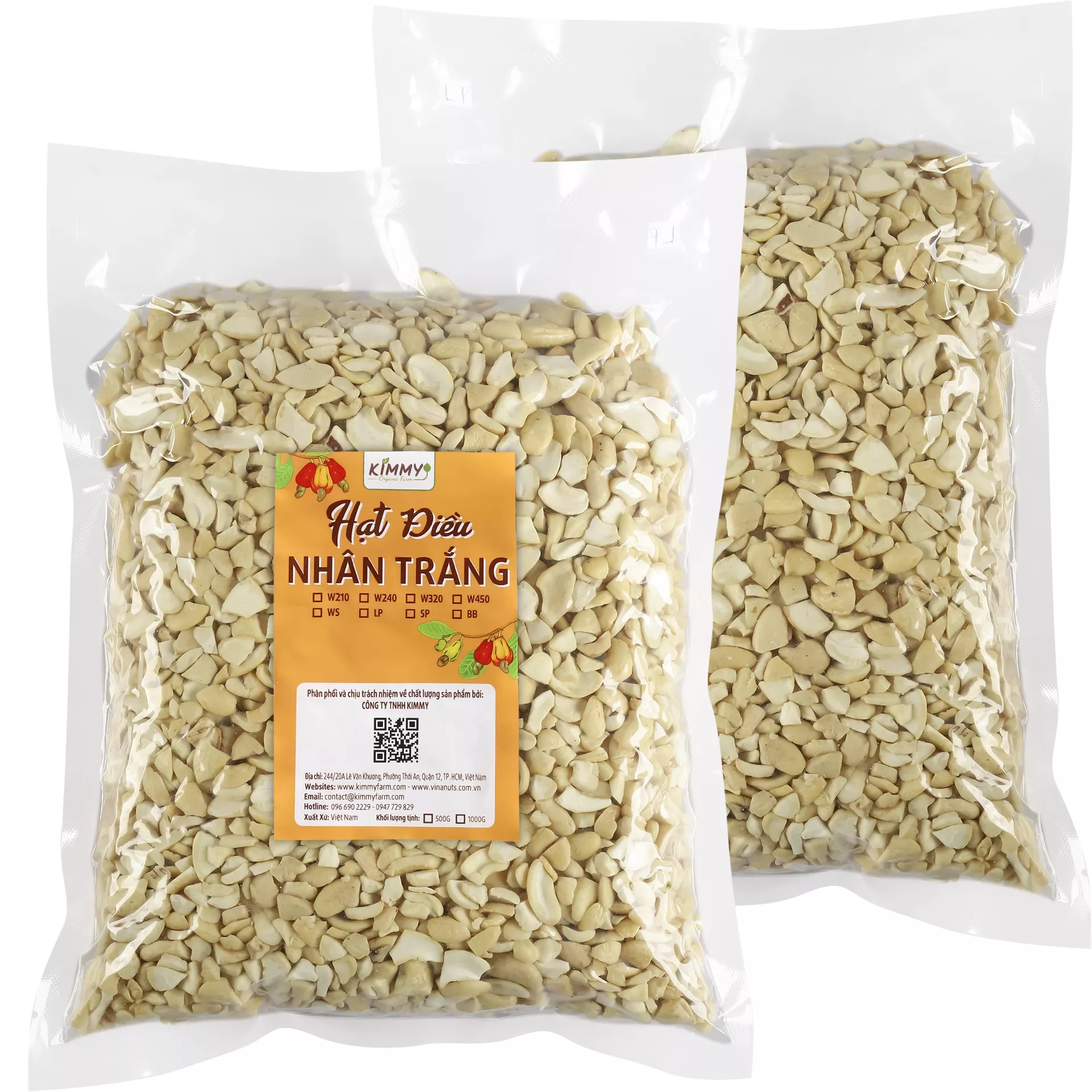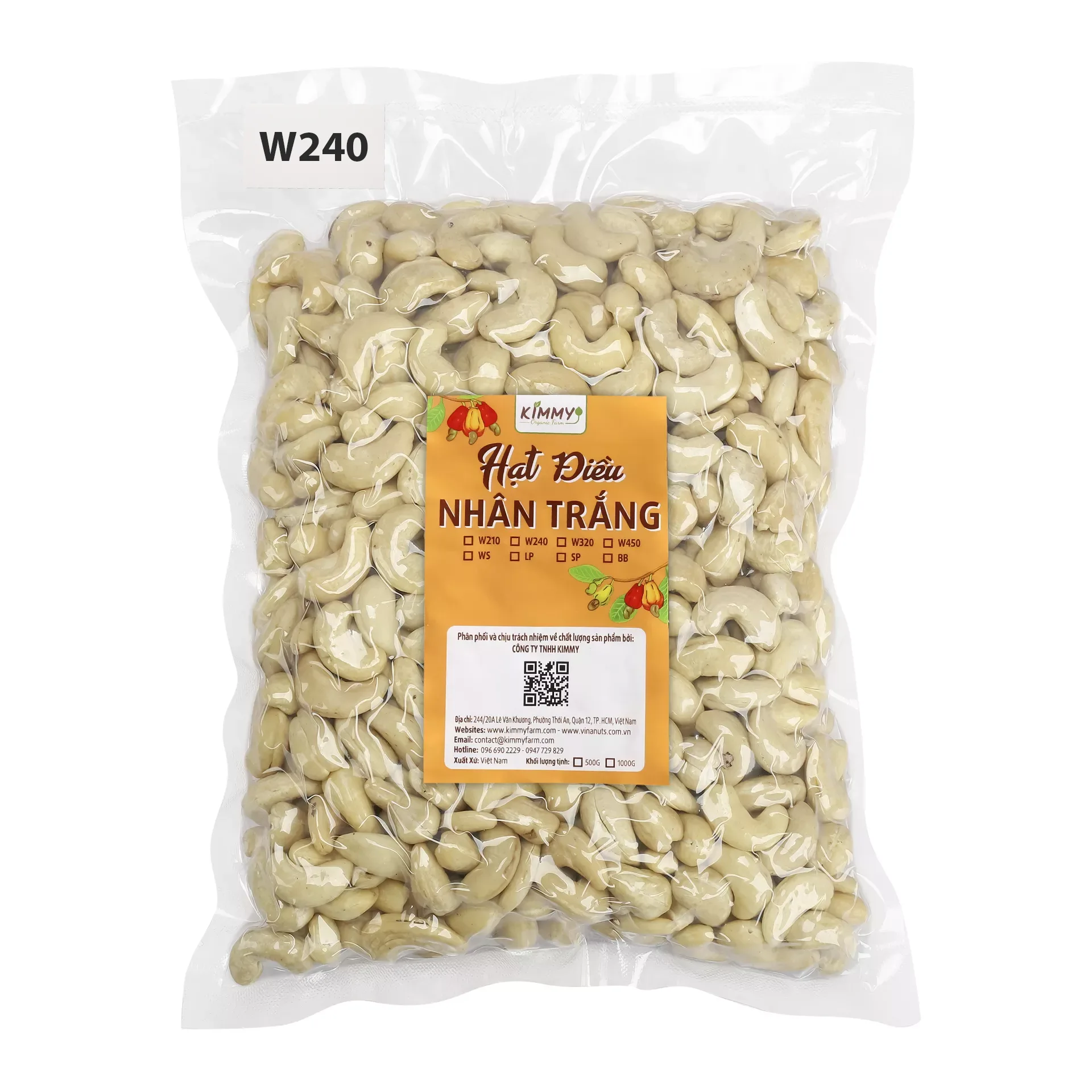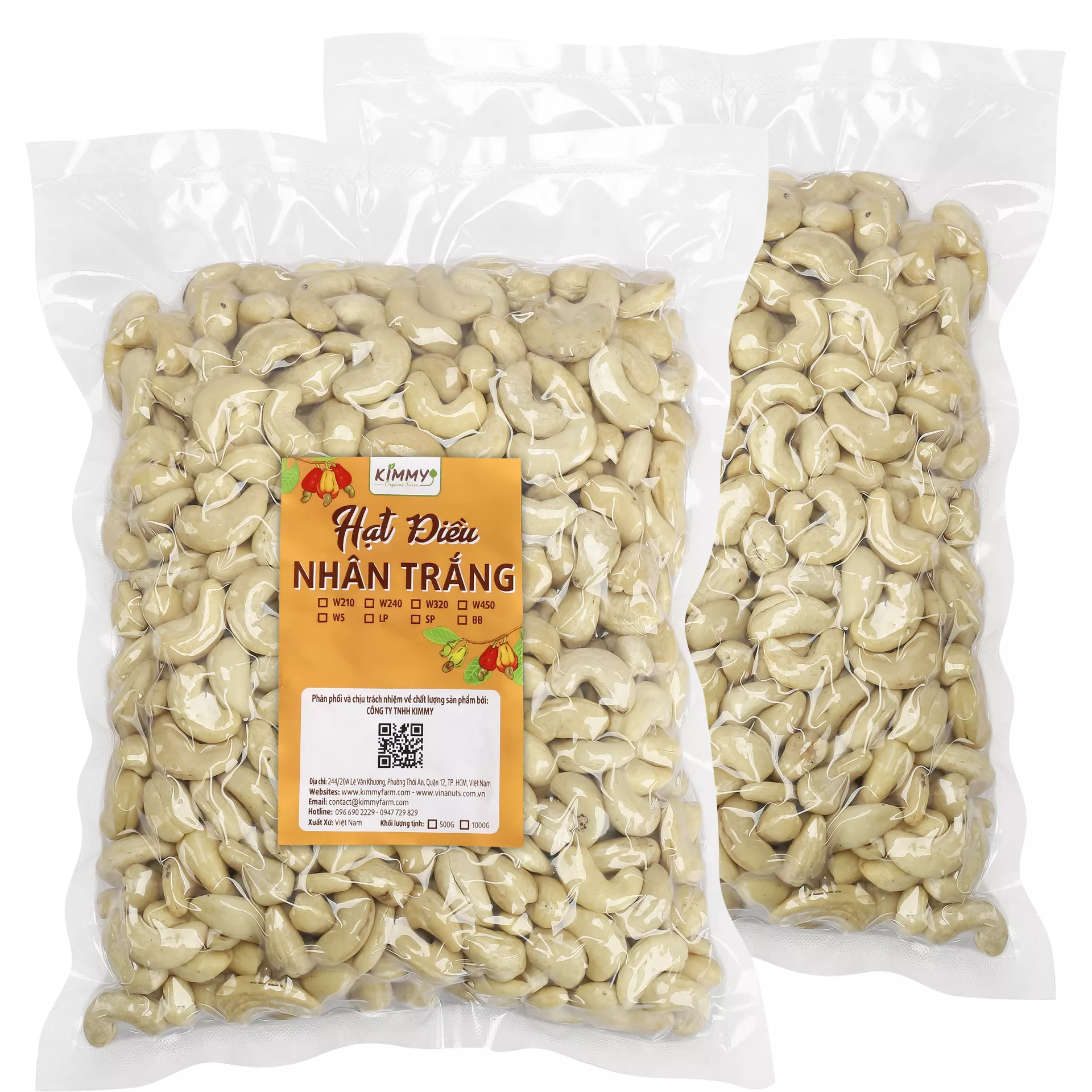Black Soldier Fly Larvae (BSFL) has gained popularity as a sustainable source of animal feed and waste management. As a seasoned BSFL enthusiast, I’m here to share valuable insights on how to keep BSFL frass dry. Moisture control is essential for the overall health of the larvae and the quality of the frass they produce. In this comprehensive guide, we’ll explore the best strategies, tips, and frequently asked questions about managing BSFL frass moisture.
Why Need To Dry Frass Matters?
BSFL frass is a valuable byproduct of Black Soldier Fly Larvae’s feeding process. It’s rich in nutrients and can be used for composting. Keeping it dry is crucial because wet frass can become anaerobic and mucky, losing its nutritional value and making it less effective for its intended purposes. Dry frass retains its integrity and usability. It’s a valuable resource for gardeners, farmers, and animal enthusiasts, as it’s nutrient-rich and beneficial for the soil. Wet frass can emit unpleasant odors and is less suitable for composting, potentially creating a less favorable environment for plants. By keeping the frass dry, you maximize its potential benefits and minimize waste.
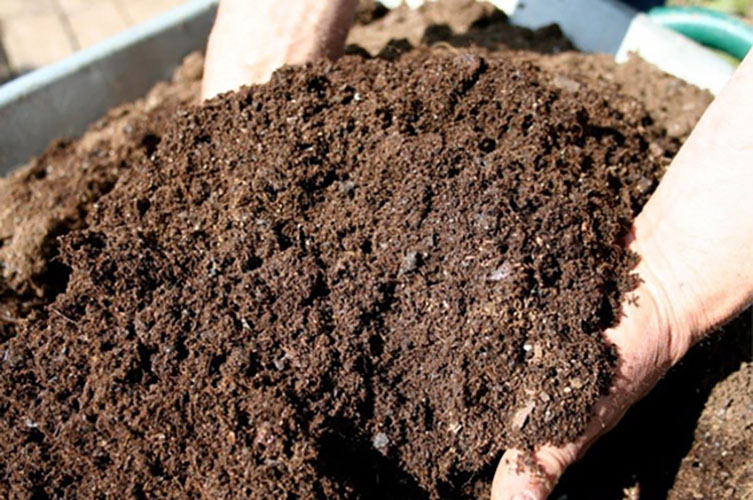
Frass produced by Black Soldier Fly Larvae (BSFL) is a useful byproduct of their feeding process. It’s great for composting due to its high nutrient content.
How to Keep Soldier Fly Larvae Frass Dry?
The Role of Moisture Absorbers
Moisture absorbers, such as rice bran, maize bran, and coco peat, play a pivotal role in regulating humidity levels in the BSFL farm. These materials absorb excess moisture, preventing the frass from becoming too wet. Moisture absorbers are essential tools in maintaining the balance of the BSFL environment. They act as a buffer against variations in humidity, helping to create a stable and conducive atmosphere for the larvae. The choice of absorber can impact the final product; for instance, coco peat has the advantage of not being consumed by the larvae, but its slightly sour smell should be considered.
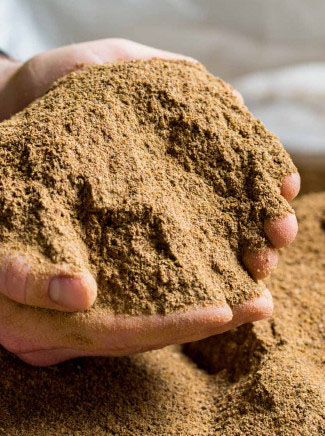
In the BSFL farm, moisture absorbers including rice bran, maize bran, and coco peat play a crucial role in controlling humidity.
Coco Peat: A Unique Option
Coco peat is a moisture-absorbing material with unique properties. Although BSFL larvae don’t consume it, it can still contribute to the frass quality. However, it may impart a slightly sour or acidic smell. Coco peat is a versatile choice for managing moisture in the BSFL farm. Its resistance to larval consumption allows it to act as a consistent moisture regulator. However, users should be aware of the potential odor issue. While it doesn’t deter the larvae, it may influence the scent of the final frass product, which could be a consideration for those who use the frass for composting or animal bedding.
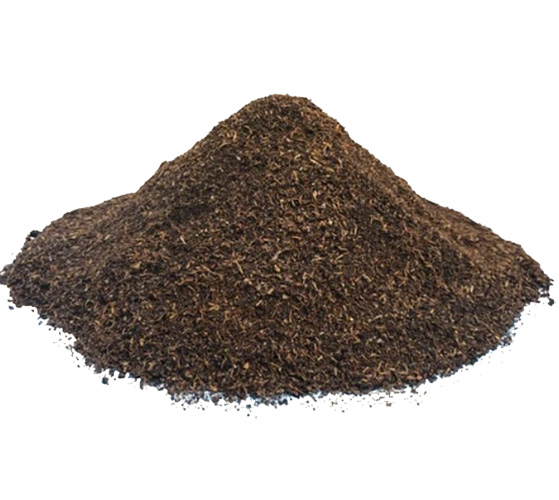
Coco peat has special qualities that make it an excellent moisture absorber. It may improve the quality of the frass even if BSFL larvae don’t eat it.
Balancing the Larvae’s Diet
Ensuring a balanced diet for the BSFL larvae is crucial for maintaining the appropriate moisture level in the frass. This balance becomes particularly important when feeding watery fruits that can introduce excess moisture into the system. Maintaining a balanced diet for the larvae is not just about nutrition but also moisture control. While fruits and vegetables are essential components of their diet, they can introduce excess water, making the frass too wet. To counterbalance this, it’s advisable to incorporate drier foods like bread or chicken feed. This practice helps maintain a healthy moisture level in the frass, allowing it to remain in optimal condition.
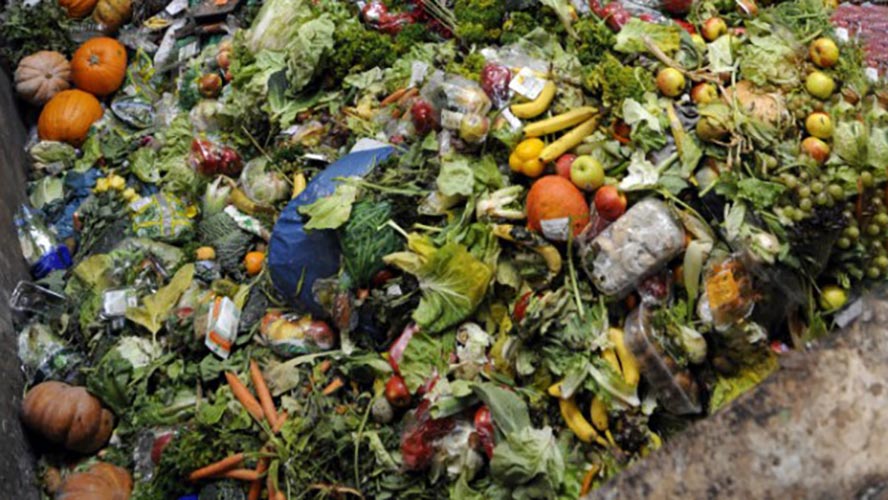
Fruits and vegetables are crucial to their diet, but they may introduce too much water, leading to frass that is too wet to digest.
Temperature’s Influence
Ambient temperature has a significant impact on the drying process of BSFL frass. Higher temperatures facilitate faster drying, while rainy days with increased humidity can result in moister frass. Temperature fluctuations play a substantial role in frass moisture management. Warmer days aid in drying out the frass more quickly, ensuring its suitability for various uses. Conversely, during rainy and humid periods, it’s essential to monitor the frass closely and possibly increase the use of moisture-absorbing materials to maintain the desired dryness.
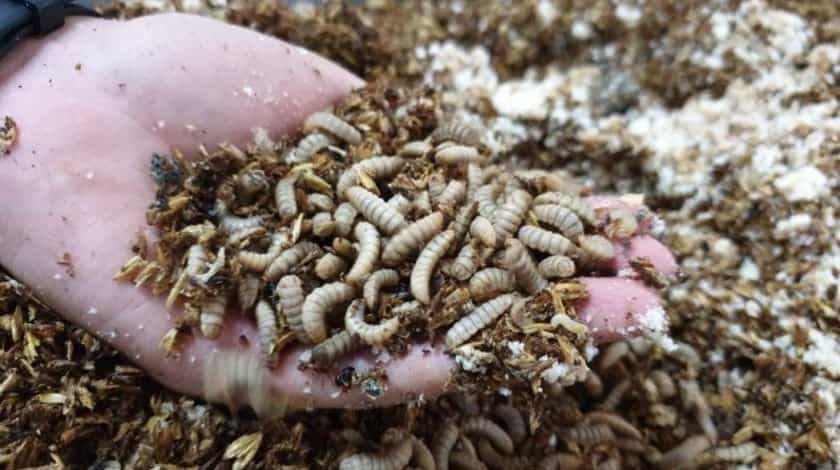
The Larvae’s Contribution
BSFL larvae generate heat while feeding, which can help in the evaporation of moisture. Proper airflow also plays a role in maintaining moisture balance, preventing excessively sticky frass. The larvae’s activity generates heat, and when combined with adequate airflow, this can effectively contribute to moisture evaporation. As the larvae consume food, they create a slightly elevated temperature within their environment, helping to keep the frass dry. Ensuring good ventilation in the growing bin is a key factor in preventing excessively sticky frass.
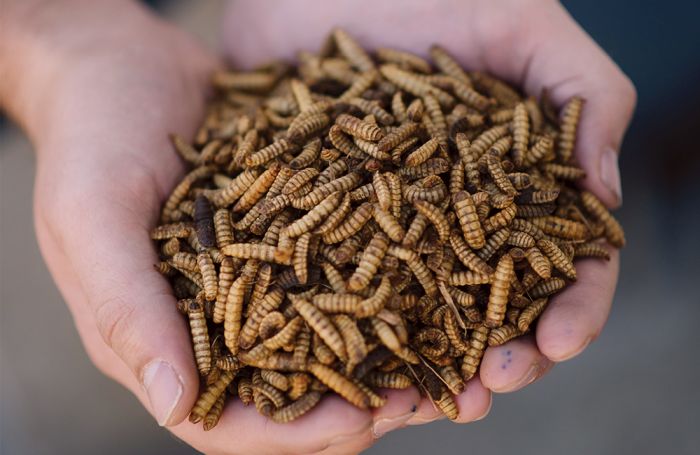
Conclusion About: How to Keep Soldier Fly Larvae Frass Dry?
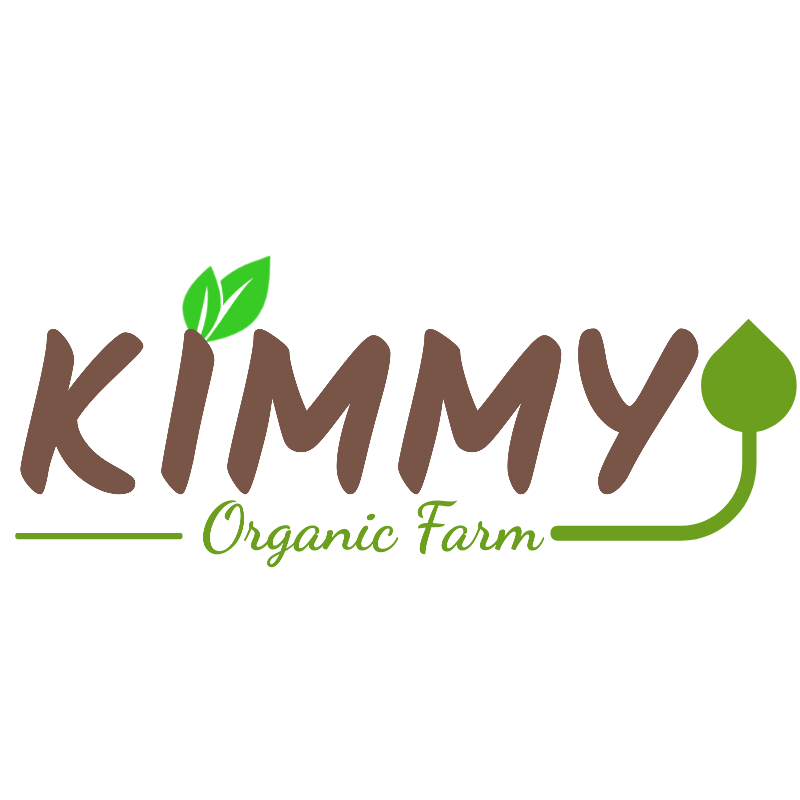
A brand specializing in the production and export of agricultural products in Vietnam. We have a black soldier fly farm in Tay Ninh and a cashew growing area in Binh Phuoc. The main export products of the company are: cashew nuts, cashew nut kernels, black soldier fly, frozen seafood, shrimp, prawns, catfish… from Vietnam.

